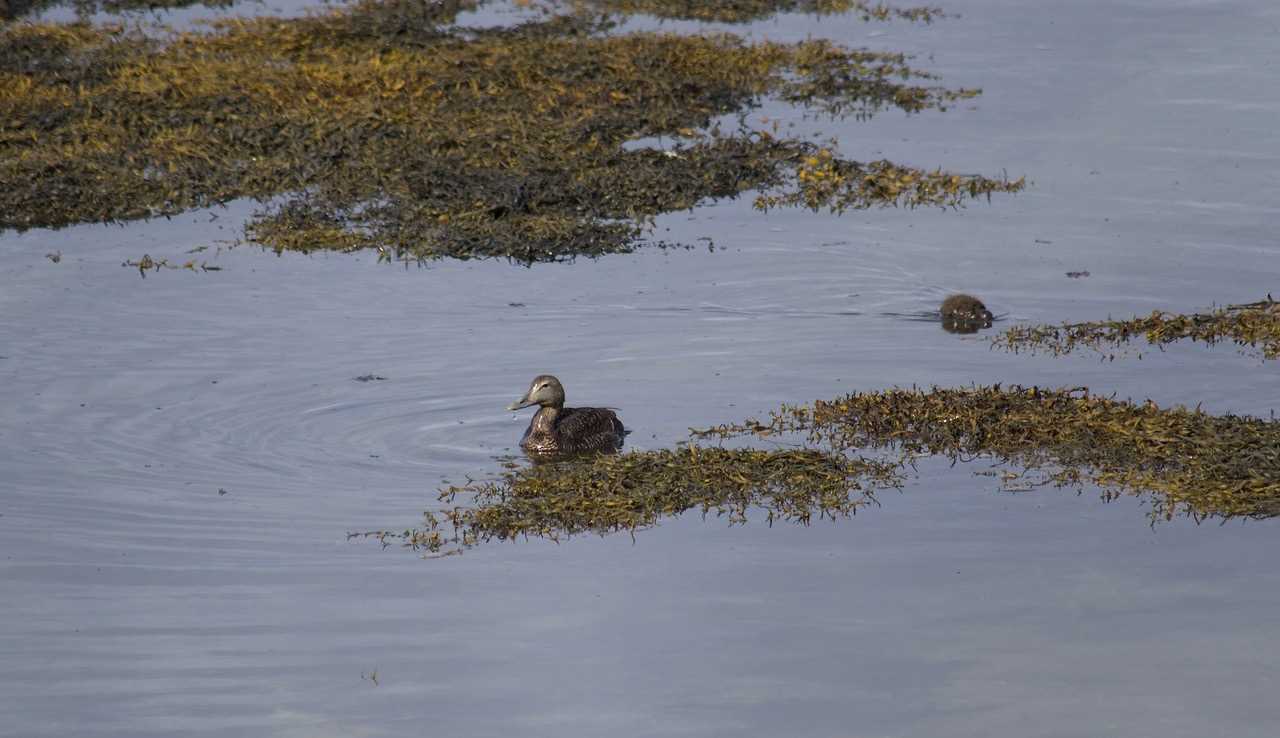Despite the wet weather, the colorful village of Tobermory appeared as picturesque as a postcard as everyone bundled off the Lord of the Glens, dressed for rain and ready to explore. The fishing village of just over 1,000 inhabitants is home to a third of the population of the Isle of Mull. It holds a range of unique and wonderful attractions, including a catch-and-release aquarium, bespoke silver shop, soap shop, and its very own distillery.
Many chose to accompany Robin and me on a walk along the scenic coast path leading to the lighthouse, built by the family of Robert Louis Stevenson in 1857 and named Rubha nan Gall (meaning Stranger’s Point). Along the way, we explored a beautiful pocket of temperate rain forest, composed of oak, hazel, birch, and Scots pine trees, and home to a range of delicate wildflowers and chaffinches.
As lunch was served, we set sail from Tobermory, heading west into the Sea of the Hebrides. Before we left the shores of Mull completely, however, the island had one last surprise for us. Along the coastline, we were lucky enough to see one of Great Britain’s rarest native birds: the majestic white-tailed eagle. Standing three feet tall, with a wingspan of eight feet, it is the fourth largest eagle on the planet and Britain’s largest bird. Following persecution in the 20th century, this species has made an incredible recovery following a valiant reintroduction plan, returning from extinction to once again grace our shores.
After our eagle encounter, we charted a course for the small isles and the Isle of Eigg, enjoying a deck watch filled with wildlife sightings during our crossing. Myriad birds were spotted, including thousands of Manx shearwaters, a storm petrel, and a fulmer. We were even so lucky as to spot marine mammals, including common seals and harbor porpoises, the latter being the smallest and most numerous member of the whale and dolphin family found in the northeastern Atlantic.
As we docked at Eigg to the sound of bagpipes, the sun burst through the clouds, and we were able to explore the charming island by foot. We were greeted by yet more wildlife, this time in the form of eider ducks (with newly hatched chicks), grey herons, sandpipers, and colorful (but noisy!) oystercatchers. All the while, our path was lined with beautiful ancient hazel trees and splashes of color from flowering flag irises, birdsfoot trefoil, thrift plants, and bluebells.
After a delicious dinner, we were able to enjoy the glorious sunset over the beautiful small isles. A great day was certainly had by all!









